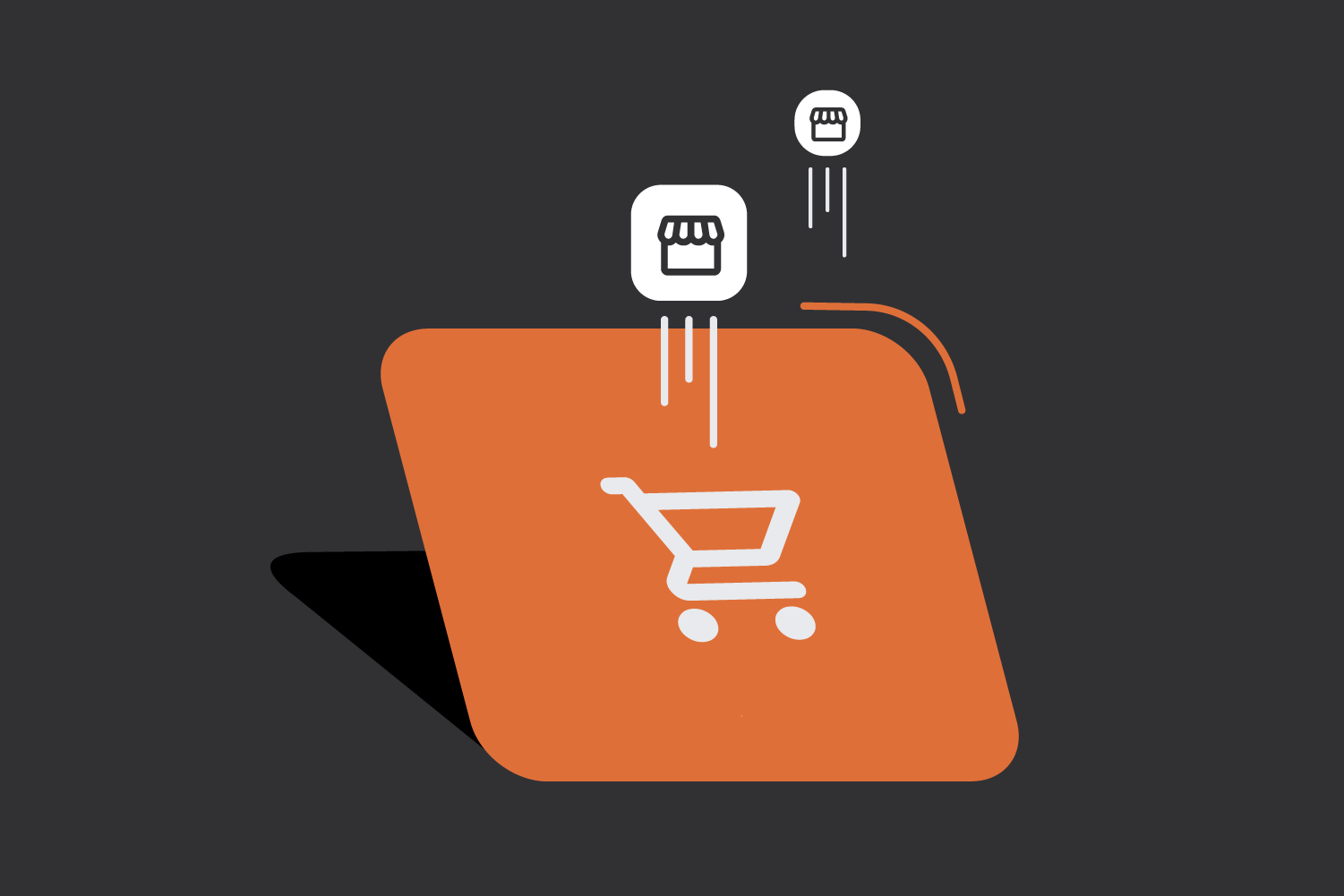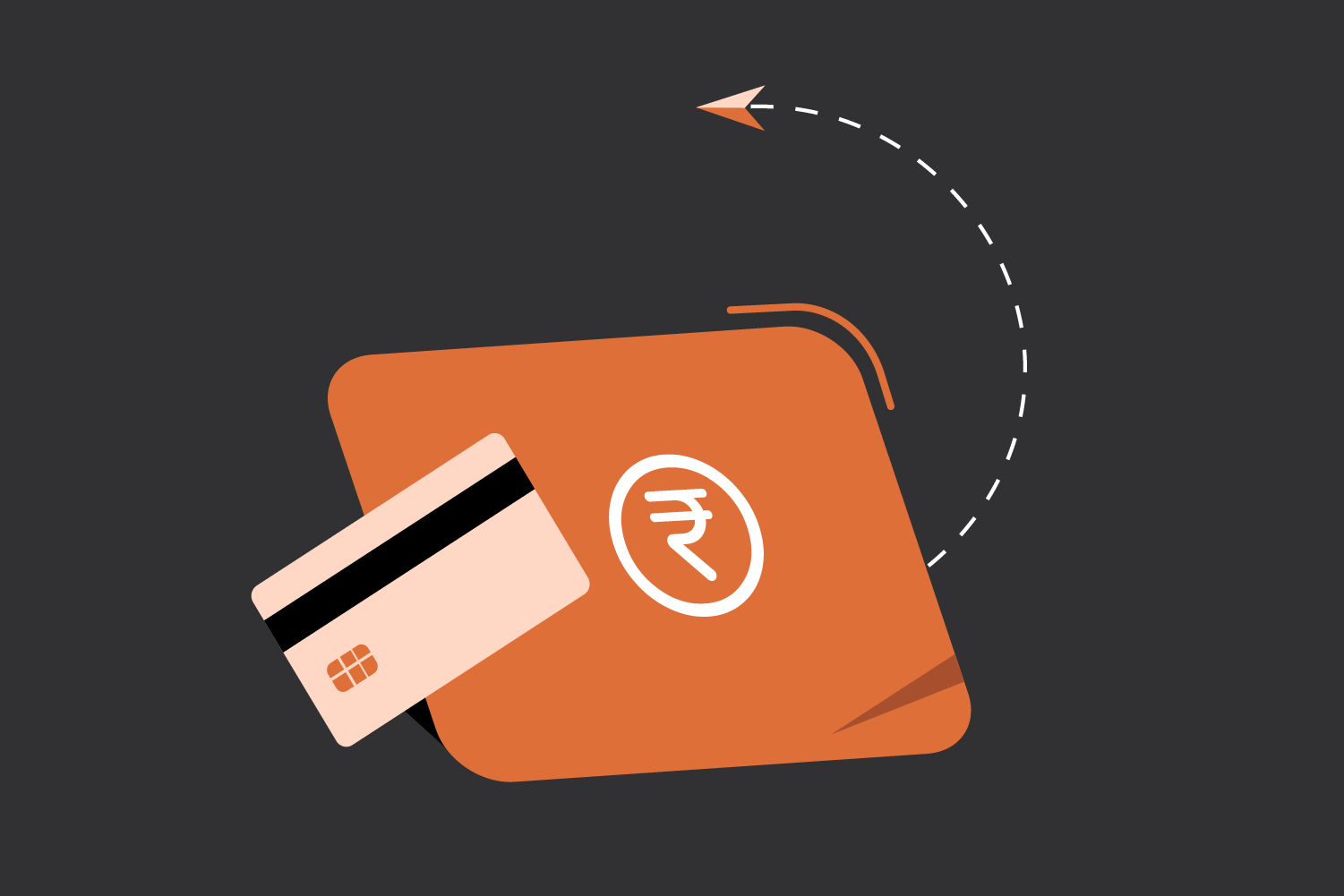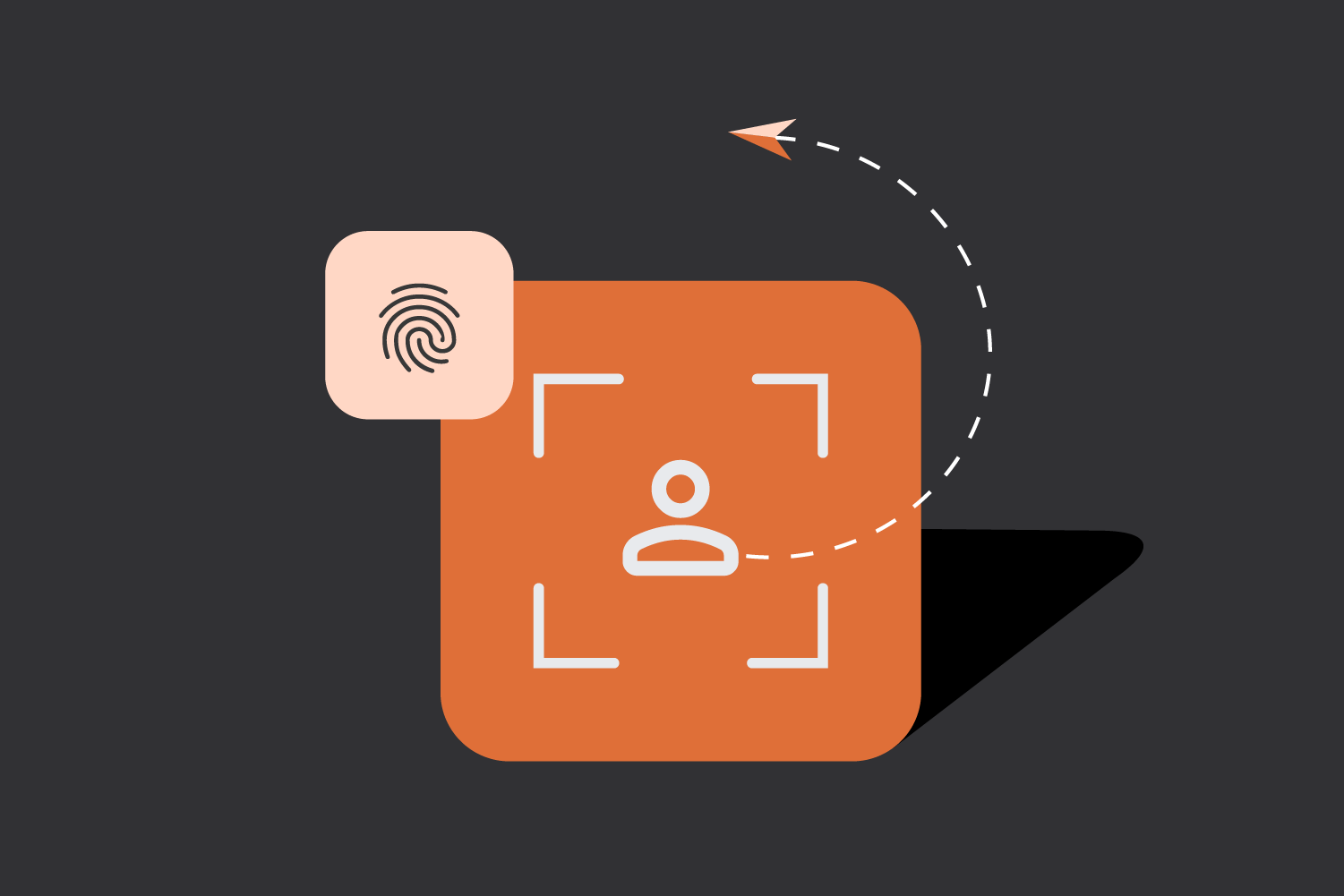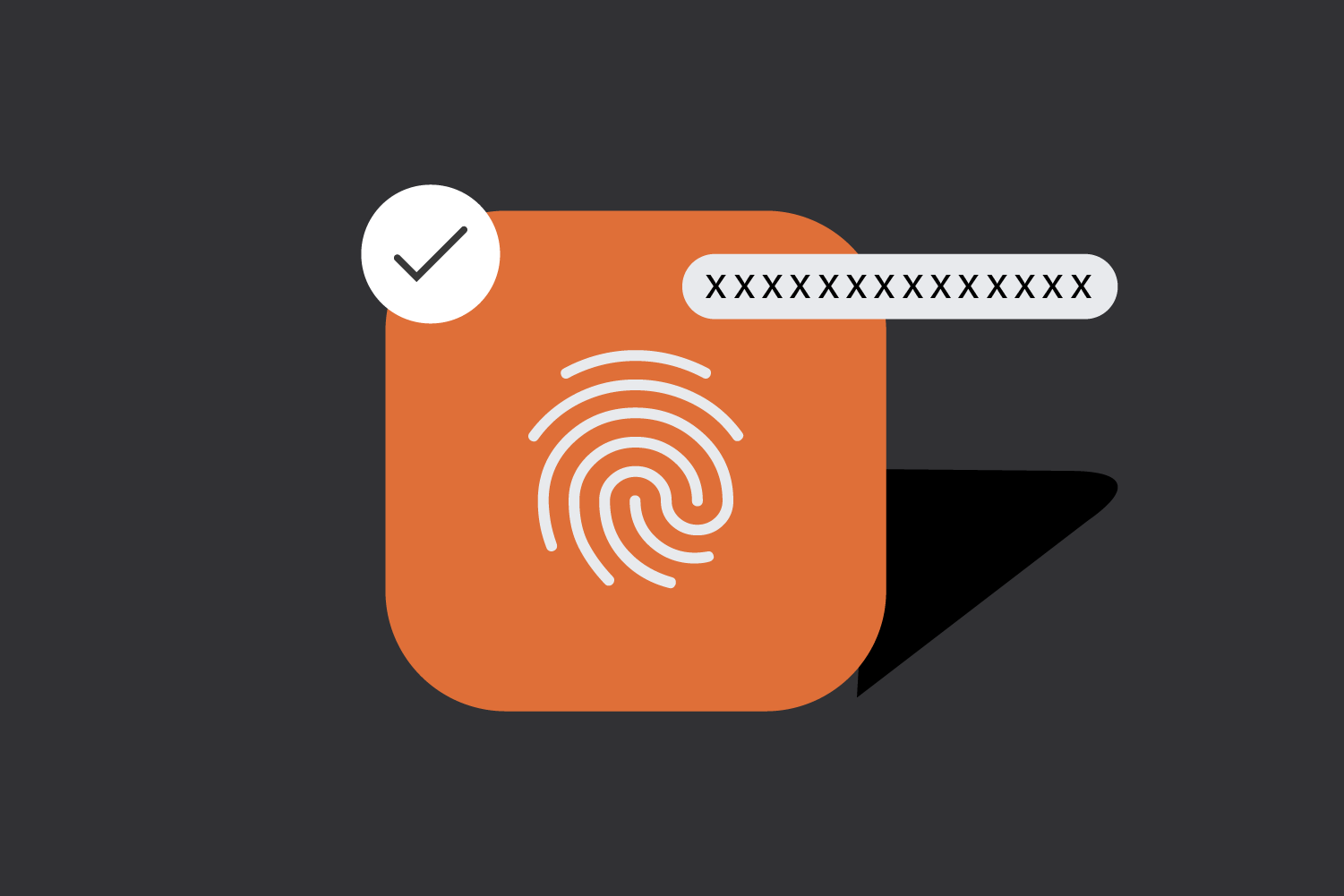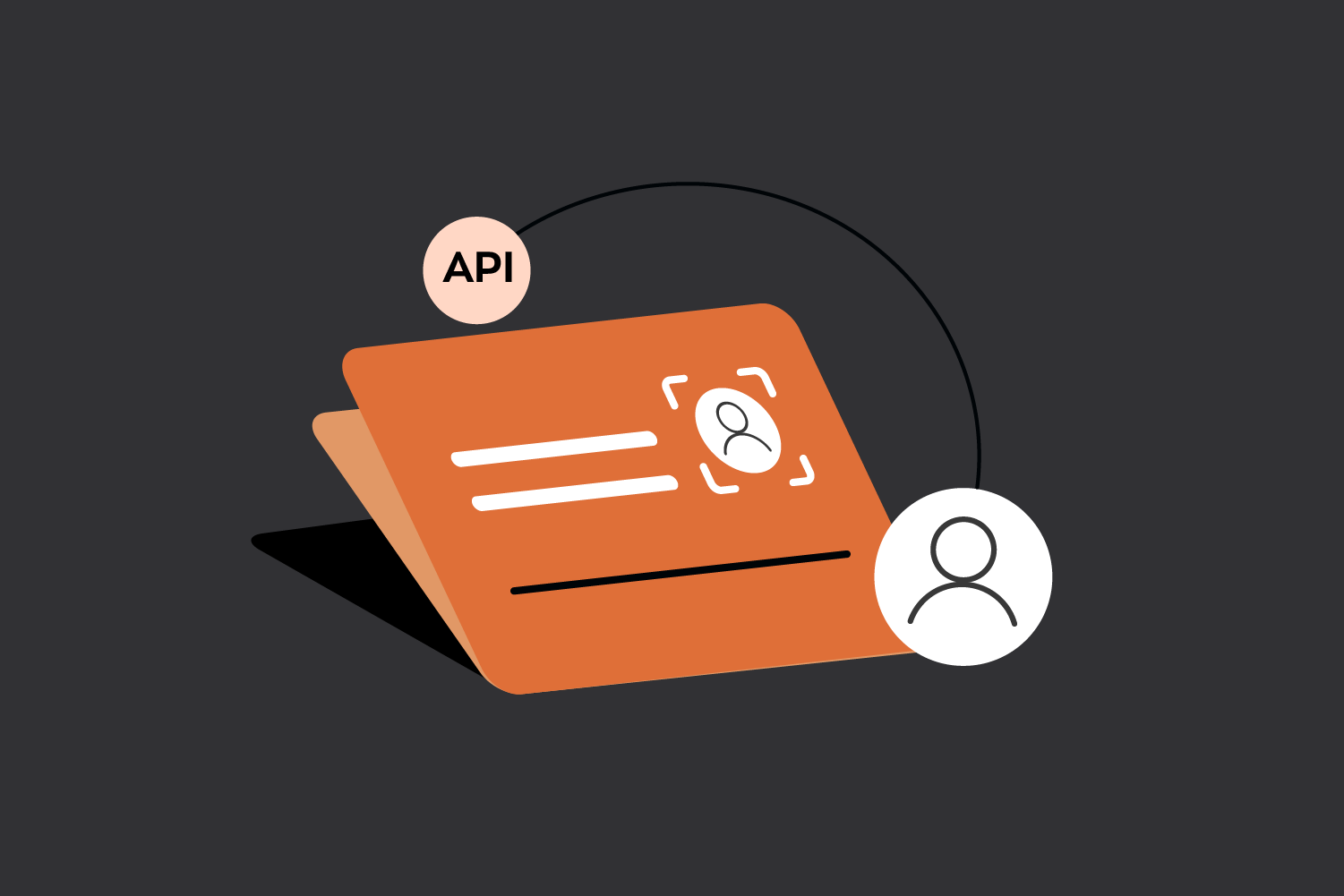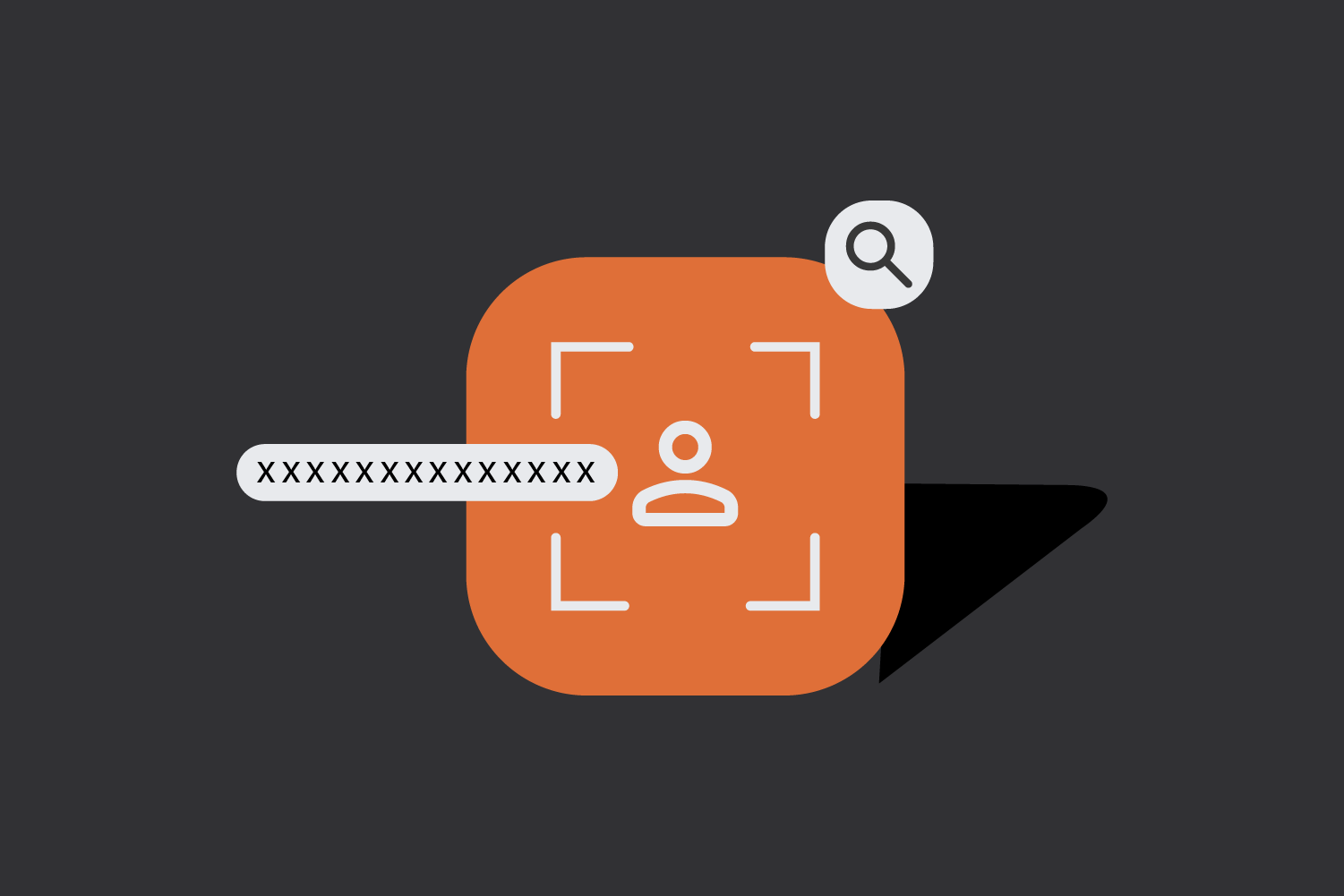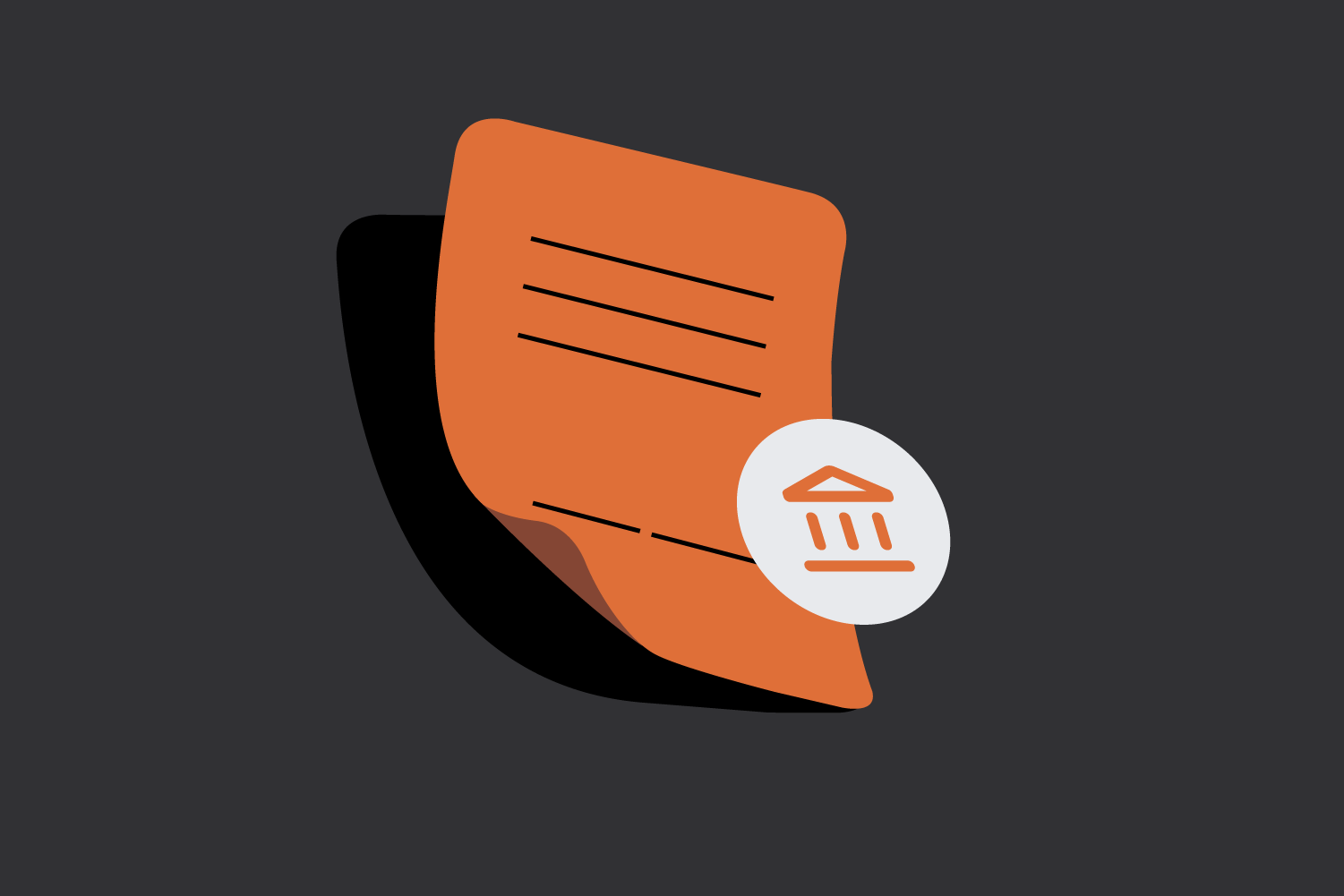In today’s digital-first world, online payments are no longer a convenience—they’re a necessity. Whether it’s a small business integrating a UPI payment gateway or a growing fintech using an online payment gateway API, the ease of accepting digital payments comes with a responsibility: ensuring every transaction is secure.
Online payment security isn’t just about preventing fraud. It’s about building trust, complying with regulations, and protecting your customers’ data. In this blog, we’ll dive deep into what online payment security means, why it’s crucial, and the best practices every business should follow to stay protected.
Why Online Payment Security Matters
Digital payments in India are booming, driven by UPI, wallets, cards, and BNPL solutions. However, with growth comes risk. From phishing attempts to API vulnerabilities, businesses are increasingly exposed to threats that can compromise customer trust and lead to major financial losses.
Businesses that fail to implement security best practices face not only monetary setbacks but also reputational damage and potential legal consequences.
Secure payment systems help:
- Safeguard sensitive user data like card details or UPI IDs
- Prevent fraud, chargebacks, and phishing
- Stay compliant with regulatory bodies like the RBI and PCI DSS
- Maintain customer trust in a competitive ecosystem
Common Security Threats in Online Payments
Understanding the risk landscape is the first step toward protection. Here are some common threats:
1. Phishing & Social Engineering
Fraudsters trick users into revealing personal or payment information via fake emails or SMS.
2. Man-in-the-Middle Attacks
Hackers intercept payment data in transit if the network isn’t encrypted.
3. Malware & Ransomware
Unsecured devices or servers can be infected with malicious software, compromising payment data.
4. API Exploits
Poorly secured online payment gateway APIs can be vulnerable to data breaches or misuse.
5. Credential Stuffing
Attackers use stolen credentials from one site to access user accounts on another.
10 Best Practices for Online Payment Security
Whether you’re integrating a UPI payment gateway or building on a robust API stack, follow these best practices to secure your online payment flow.
🔐 1. Use HTTPS and SSL Certificates
Ensure your website and all APIs are secured with HTTPS. SSL/TLS encrypts data in transit and protects it from interception.
Pro tip: Use tools like SSL Labs to regularly test the strength of your certificate.
🔐 2. Choose PCI-DSS Compliant Payment Gateway Providers
Only integrate payment partners that are PCI DSS compliant. This ensures they follow the highest security standards for storing, processing, and transmitting card data.
Zwitch’s APIs, for example, are built with PCI-DSS-level security at the core.
🔐 3. Implement Two-Factor Authentication (2FA)
Whether it’s admin logins or user transactions, add an extra layer of protection using OTPs, authenticator apps, or biometric verification.
🔐 4. Encrypt All Sensitive Data
Tokenize or encrypt card numbers, UPI IDs, and bank credentials to protect customer information—both in transit and at rest.
🔐 5. Use Secure APIs for Payment Integration
When using an online payment gateway API, ensure:
- Rate limiting is enabled to prevent abuse
- All endpoints are authenticated using secure tokens
- API keys are never hard-coded or exposed on the frontend
🔐 6. Monitor Transactions in Real-Time
Integrate fraud detection tools or use payment gateways that offer AI-based fraud analysis. Set up alerts for suspicious behavior like unusual amounts, geo-locations, or repeated failures.
🔐 7. Stay Updated with RBI & Regulatory Guidelines
Follow updates from:
- RBI: For UPI, NEFT, card tokenization guidelines
- NPCI: For UPI usage and fraud management
- CERT-IN: For cybersecurity alerts
Staying compliant is not just good practice—it’s mandatory.
🔐 8. Educate Customers and Teams
Fraud often starts with human error. Train your teams to detect phishing attempts, and educate your users on safe payment habits.
Simple tips like “never share OTPs” or “verify payment links” can go a long way.
🔐 9. Conduct Regular Security Audits
Have security experts or ethical hackers run penetration tests on your system. Identify vulnerabilities before bad actors do.
🔐 10. Provide Secure UPI Payment Flows
For businesses using UPI payment gateway integrations:
- Redirect users to trusted UPI apps only
- Display verified merchant names during payment
- Implement real-time status checks for confirmation
How Zwitch Helps Businesses Stay Payment-Secure
Zwitch’s ecosystem of APIs is designed for security-first operations. Whether you’re collecting payments, verifying IDs, or disbursing payouts, Zwitch ensures:
- Encrypted API communications
- Token-based authentication
- PCI-DSS aligned practices
- Transaction monitoring
- Sandbox environment testing
Whether you’re a fintech startup or a growing business, Zwitch helps you build secure digital payment journeys that inspire customer confidence.
Wrapping Up
Online payment security isn’t a one-time task—it’s a continuous commitment. With rising digital transactions in India, securing your online payment gateway API or UPI payment gateway integration is more crucial than ever.
By following the practices outlined above, businesses can drastically reduce their risk and stay compliant while offering customers a safe, frictionless experience.
If you’re building or scaling your digital payment stack, it’s worth choosing a partner that makes security a core feature—not an afterthought.
Zwitch’s Payment Gateway API is built with enterprise-grade security, real-time fraud detection, and compliance baked in—so you can focus on growth, while we handle the heavy lifting of safe transactions.


